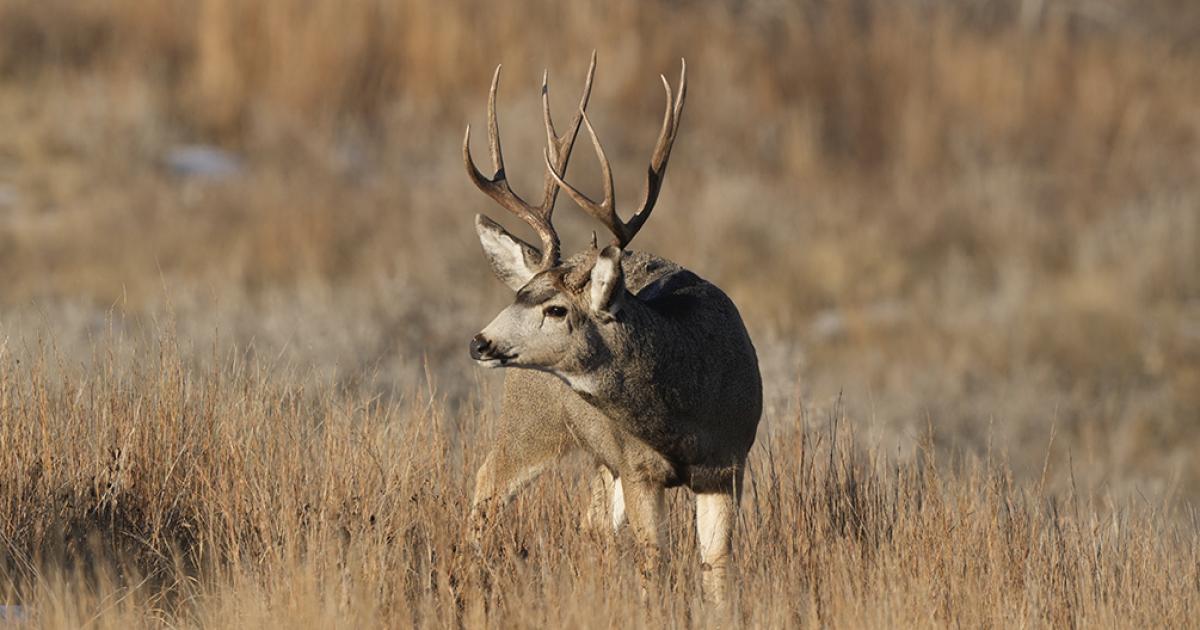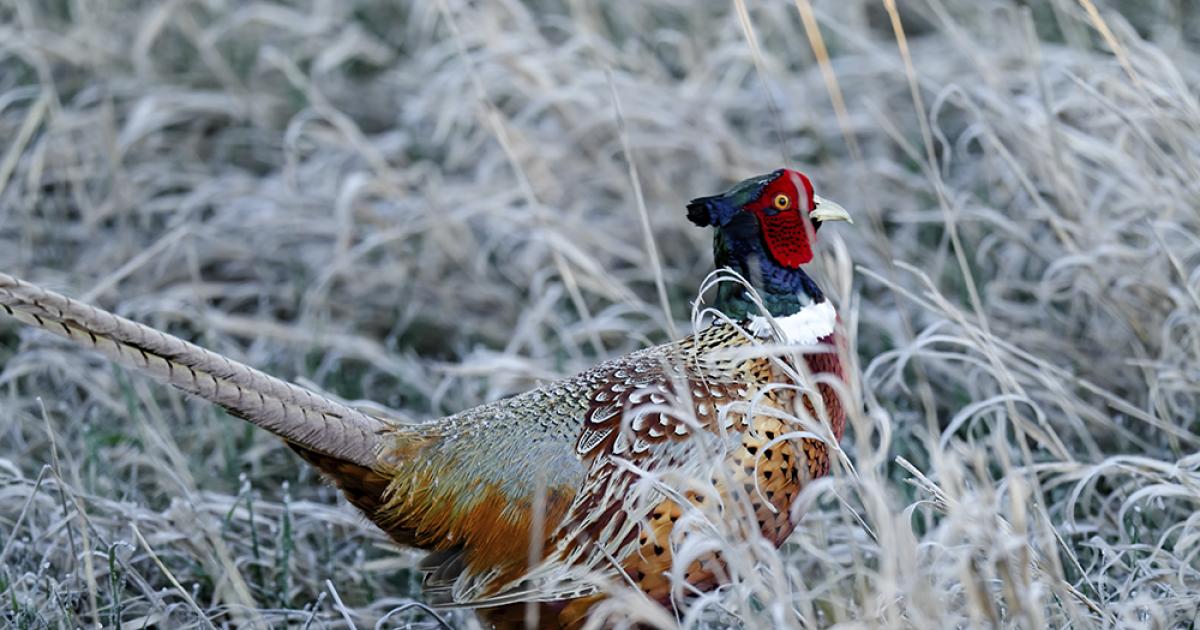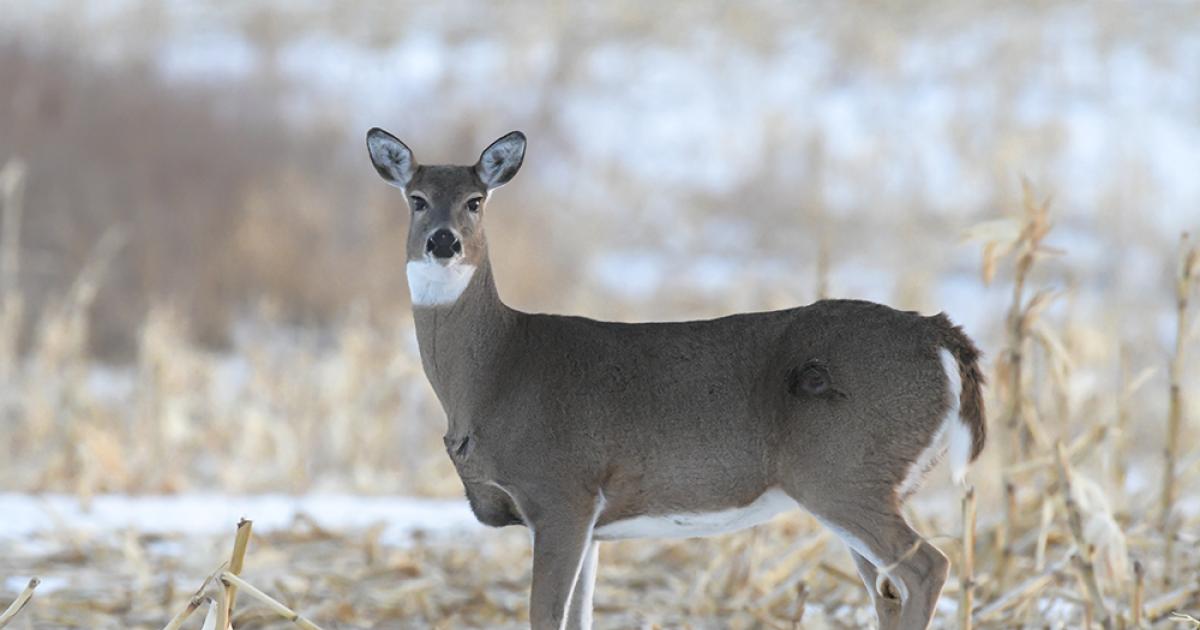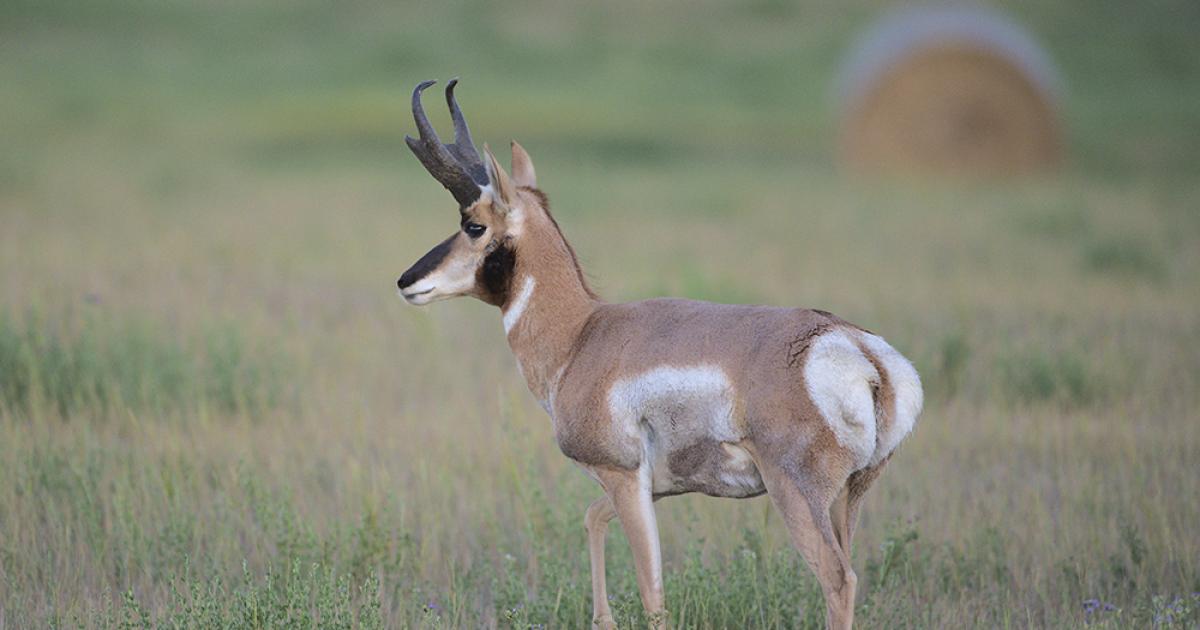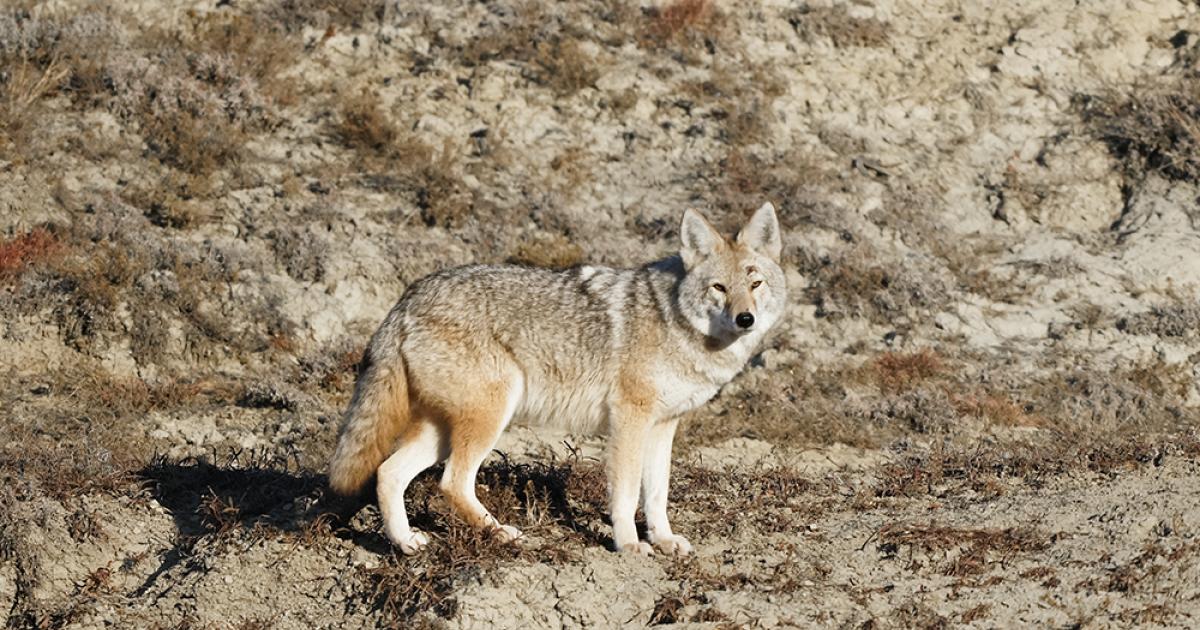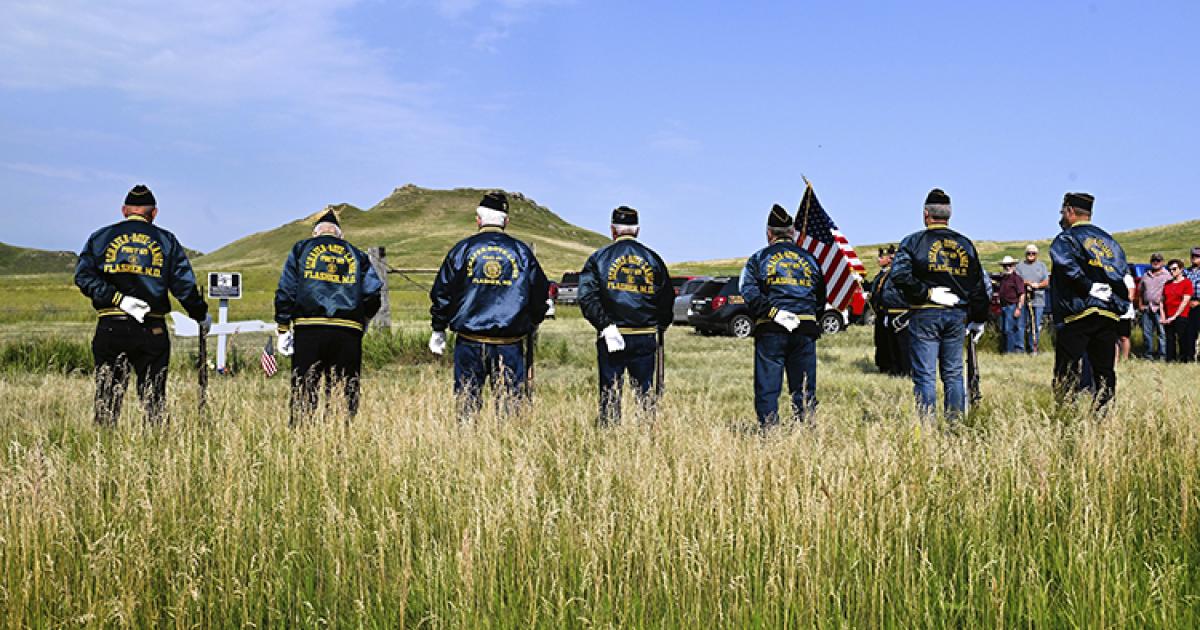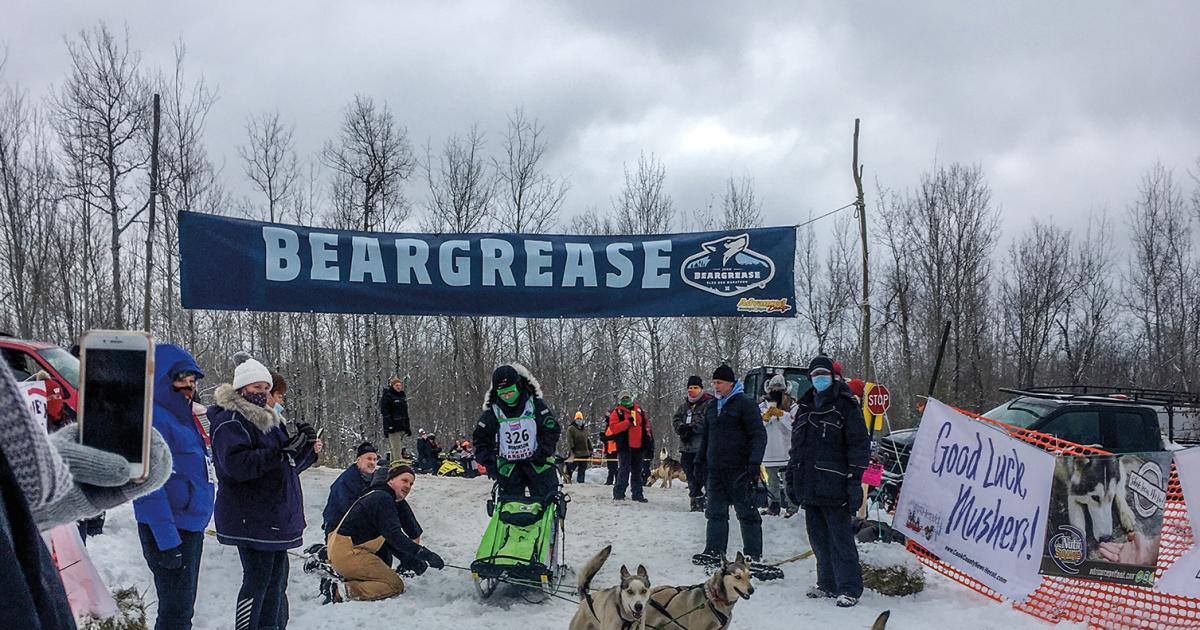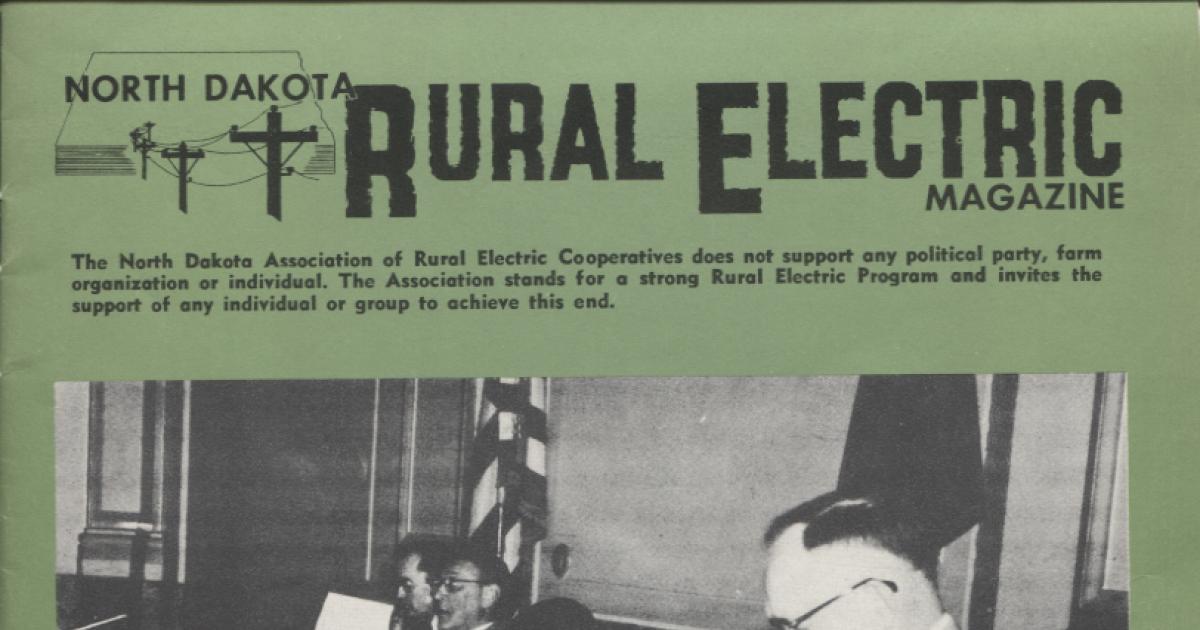Less deer tags again in 2024, rebuilding is slow
Mule deer
The winter of 2022-23 was unforgettable in many regards. It arrived in early November and hung around until sometime in April. Some areas of the state received 100 inches of snow or more during those long six months. Without question, many deer died that winter, and the fallout was a reduction of nearly 11,000 licenses for the 2023 deer gun season.
As an untold number of deer died of exposure and starved, and many does were unable to have fawns, hunters understood the reduction in tags. Yet, the N.D. Game and Fish Department (NDGF) reduced deer license numbers again by 3,300 for the 2024 season, following a much milder winter that was considerably kinder to many species of wildlife on the landscape.
With limited wildlife habitat over much of the state’s landscape, a bad winter like in 2022-23 can curb the deer population in a hurry, and rebuilding is slow. Thus, the reason for another tag reduction this fall.
But there is some good news. With timely and ample spring and summer rains, the remaining wildlife habitat looks in good shape. Many wildlife species have benefited over the warmer months and will continue to into fall.
PHEASANTS
NDGF’s 2024 spring pheasant crowing count survey was up anywhere from 26% to 52% throughout the state. Last summer’s roadside counts also showed improved production of all upland birds.
Cover for nesting hens was above average this spring due to excess precipitation. Habitat was lush and green for early nesting attempts to be successful. However, June was cold and wet, and it is expected conditions during peak hatch were not favorable for high chick survival.
Last year, 53,819 hunters (up 5%) harvested 319,287 roosters (up 11%).
WILD TURKEYS
The turkey population in many hunting units has been higher than normal the past few years due to increased production in the western half of the state.
Last year, conditions were favorable for a successful turkey hatch, and spring turkey production was good. Coupled with a high breeding population of hens, fall numbers were higher in parts of the state.
The eastern part of the state has seen decreasing numbers of birds the last few years in response to the loss of quality turkey habitat.
Early reports from brood surveys indicated a slight decrease in the number of turkey broods on the ground, but more adults in the west. Turkey production is expected to be similar to last year.
SHARP-TAILED GROUSE
The sharp-tailed grouse index (weighted average by area surveyed) for 2024 was up 51% statewide from 2023, particularly in southwestern North Dakota (up 75%). The mild winter facilitated the increases, coupled with the most broods per mile observed since 2015. Some of the increases may also be due to survey conditions, as access to survey areas was difficult in 2023 with snow persisting into May, compared to ideal survey conditions in 2024.
A total of 21,512 grouse hunters (up 5%) harvested 67,710 sharp-tailed grouse (up 8%).
DUCKS
North Dakota wetland habitats had an interesting spring and early summer after a dry fall and winter, then receiving double or more the usual rainfall from late April through June.
Wetland conditions dried considerably during late summer and fall of last year and were not good coming out of March. Settling conditions for breeding pairs of ducks looked poor as migration began, but widespread rainfall changed the storyline. By the time NDGF biologists conducted the May breeding waterfowl survey, wetland conditions had improved substantially, but were still mostly “fair.”
The 77th annual breeding duck survey conducted in May showed an index of 2.9 million ducks in the state. Wetland conditions across the state during the May survey varied from poor to good, logging the 32nd highest wetland index in the history of the survey. Overall, this year’s breeding duck index was the 30th highest in the 77 years of the survey, down 15% from last year, but still 17% above the long-term average.
Hunters should expect favorable conditions for waterfowl hunting in North Dakota this year. An overly strong duck migration isn’t expected due to relatively dry conditions in Prairie Canada. Hunters should take advantage of early migrants like blue-winged teal during the first two weeks of the season.
GEESE
Numbers of temperate-breeding Canada geese, Western Prairie Canada geese and arctic nesting Tallgrass Prairie Canada geese, snow geese and Ross’s geese all remain high, despite declines in abundance of central arctic light geese in recent years.
Production of Canada geese in the state was strong this year, and large-type Canada geese in the state continue to be abundant. Early observations from the arctic indicate good conditions for breeding geese.
Canada goose hunting should be good, but timing of crop harvests is always a wildcard for early season hunting.
SANDHILL CRANES
The midcontinent population of sandhill cranes has been in good shape over the past few years. The northern Great Plains experienced a warm March, which spread out and, in some cases, sped up the northern migration of many bird species. As a result, it is more likely some sandhill cranes had already flown past the survey area in the central Platte River valley of Nebraska when the annual spring survey was conducted. Survey numbers were not finalized for 2024, but last year’s count was a record high.
In addition, the three-year population index used for guiding hunting season regulations has been increasing for several years now and is well above thresholds that would concern managers. Wetland conditions throughout much of North Dakota are also in good shape, which will provide plenty of options for roosting sandhill cranes during the fall migration.
WHITE-TAILED DEER
NDGF made 50,100 licenses available for the 2024 deer gun season, a decrease of 3,300 from 2023. Statewide hunter success for the 2023 regular gun season was slightly higher than 2022 at 55%, and below the goal of 70%.
Deer populations are stable to decreasing with populations below objectives in most units, according to hunter observation and harvest indices. Big game biologists were unable to conduct winter aerial surveys last winter due to lack of conditions required to effectively survey for white-tailed deer. Fortunately, last winter’s mild conditions along with an early green-up in spring boded well for deer. These conditions generally equate to increased overwinter survival, healthier deer coming out of winter and improved fawn production.
Loss of quality habitat continues to be a challenge for deer. These losses limit the potential for population growth and ultimately lower carrying capacity. Effects of this are most apparent in the eastern third of the state where CRP losses have been the greatest.
MULE DEER
Mule deer densities remained the same in 2024 compared to 2023, following record low fawn production in 2023, reduced harvest and a mild winter. The 2024 spring index for mule deer in the Badlands was 1% higher than 2023, but 4% below the long-term average.
Licenses remained the same as last year with 1,600 antlered licenses and 650 antlerless licenses available for the 2024 season. A mule deer buck license remains one of the most difficult licenses to draw, but for those lucky few, it should result in a high-quality hunt. Hunter success for mule deer buck hunters was 80% in 2023.
PRONGHORN
North Dakota hunters will have considerably more pronghorn hunting opportunities this year, thanks to a population increase.
Biologists conducted aerial surveys of 13,340 square miles in early July and found the number of pronghorn in the state increased by 31% from last year. Fawn production was 50 fawns per 100 does, which was higher than last year, but below the long-term average of 59 fawns per 100 does. Pronghorn increased in all management regions except Western Bowman, where numbers decreased by 12%. Fawn production has been below average since 2020 in this region.
Hunting units 1A, 1D, 6A, 8A, 9A, 9C, 10A, 11A and 13A will open in 2024 after being closed in 2023.
NDGF made 1,265 licenses available in 2024, 845 more than 2023. Lottery licenses can be used during the archery season (noon on Aug. 30 to Sept. 22) with archery equipment or during the rifle season (Oct. 4 to 20) using legal firearm or archery equipment for those who do not hunt or harvest during the archery season.
The 2023 season was successful, with 353 hunters harvesting 226 pronghorns for a success rate of 64%.
FURBEARERS
Furbearer hunting and trapping opportunities will be plentiful again this season. Populations of most furbearer species are abundant, so furbearer harvest limits and season timing are the same as the previous year.
The only change to the furbearer regulations is a slight expansion to the open fisher trapping zone. Trappers are allowed to take fishers nearly statewide during the one-week season in late November, except for the Turtle Mountains Region, which remains closed to protect American marten.
This year’s survey data indicated coyotes remain the bright spot in North Dakota with numbers similar or slightly higher than last year. Foxes continue to be outcompeted by coyotes in most places, although they are holding steady in the Prairie Pothole Region. Muskrats continue to struggle to reach higher numbers with only the eastern half of the state showing much promise, where numbers are similar or slightly down from last year. And beavers appear to be below long-term averages, but are up in the eastern half of the state compared to last year, particularly in the Red River Valley.
Hunters and trappers can find more information, including season details and regulations for upland game, migratory game birds and furbearer hunting and trapping on the department’s website, www.gf.nd.gov.
___
This is a condensed version of a story published in the August-September issue of the NDGF magazine, North Dakota OUTDOORS.


